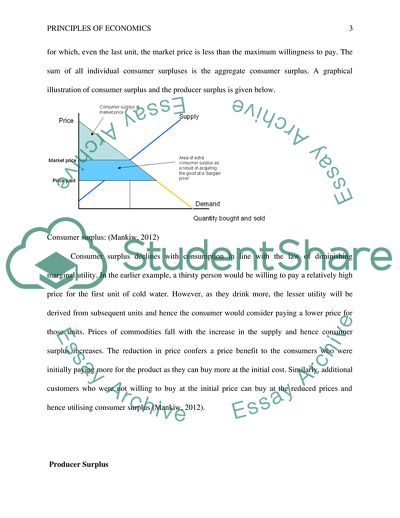Cite this document
(The Consumer Welfare and the Producer Surplus Coursework Example | Topics and Well Written Essays - 1500 words, n.d.)
The Consumer Welfare and the Producer Surplus Coursework Example | Topics and Well Written Essays - 1500 words. https://studentshare.org/macro-microeconomics/1867919-principles-of-economic
The Consumer Welfare and the Producer Surplus Coursework Example | Topics and Well Written Essays - 1500 words. https://studentshare.org/macro-microeconomics/1867919-principles-of-economic
(The Consumer Welfare and the Producer Surplus Coursework Example | Topics and Well Written Essays - 1500 Words)
The Consumer Welfare and the Producer Surplus Coursework Example | Topics and Well Written Essays - 1500 Words. https://studentshare.org/macro-microeconomics/1867919-principles-of-economic.
The Consumer Welfare and the Producer Surplus Coursework Example | Topics and Well Written Essays - 1500 Words. https://studentshare.org/macro-microeconomics/1867919-principles-of-economic.
“The Consumer Welfare and the Producer Surplus Coursework Example | Topics and Well Written Essays - 1500 Words”. https://studentshare.org/macro-microeconomics/1867919-principles-of-economic.


